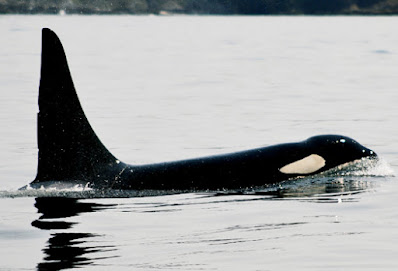HOW DEAD ORCAS CAN KEEP OTHERS ALIVE
With such limited opportunity to do extensive sampling and studies, the writers kept in mind the disturbing truth that, until recently, much less compared to 2 percent of dead awesome whales were thoroughly analyzed. (Credit: Jeff Jacobsen)
trik luar biasa agar raih tebakan angka jitu
Typically, just one in 50 stranded whale cadavers would certainly be analyzed—now one in 3 obtains a complete evaluation.
For the study, released in the journal Aquatic Mammal Scientific research, scientists evaluated North Pacific killer-whale strandings going back to 1925.
The record keeps in mind that while orcas are some of one of the most commonly dispersed whales on Planet, few dead ones are ever before found. Over the last twenty years, approximately simply 10 a year have been found stranded throughout the whole North Pacific Sea.
The study shows that 88 percent of all reported killer-whale strandings are fatal—only 12 percent make it off the coastline to life. The dead whales can provide critical hints to the species' overall life background, genes, and health and wellness, as well as the reasons for fatality.
With such limited opportunity to do extensive sampling and studies, the writers keep in mind that, until recently, much less compared to 2 percent of dead awesome whales were thoroughly analyzed.
While the study was designed to appearance at stranding trends and didn't assess causes, necropsies on beached orcas have revealed that they take in incredibly high tons of human-made toxic substances, experience from contagious illness, and, when it comes to fish-eating populaces, depend primarily on seriously diminished salmon supplies.
With the standard procedure currently in position, scientists say they're obtaining a more clear photo of killer-whale life and fatality.
"This was a herculean initiative to find out more about among the ocean's top killers," says lead writer Michelle Barbieri, a previous SeaDoc Culture researcher and UC Davis finish that is presently the lead vet for the Nationwide Oceanic and Atmospheric Administration's Hawaiian Monk Secure Research Program.
"We could not have done this without the partnership of lots of killer-whale researchers from worldwide, that provided stranding and populace information from Washington, Oregon, California, Alaska, Hawaii, British Columbia, Mexico, Japan and Russia."
The US Nationwide Aquatic Fisheries Solution and Canadian Division of Fisheries and Seas provided financing for the research.


